Going clipless is great way to quickly and easily improve your riding and become more efficient. Finding the right shoes can be tough as there’s no “one size fits all” solution, and there are a variety of features to look for.
Are you doing a lot of racing, or are you a commuter? Do you ride over the winter? Are you headed out bike touring? Each of these situations require a different type of cycling shoe, and you’ll want to think about what you’re looking for in a cycling shoe before investing in a pair.
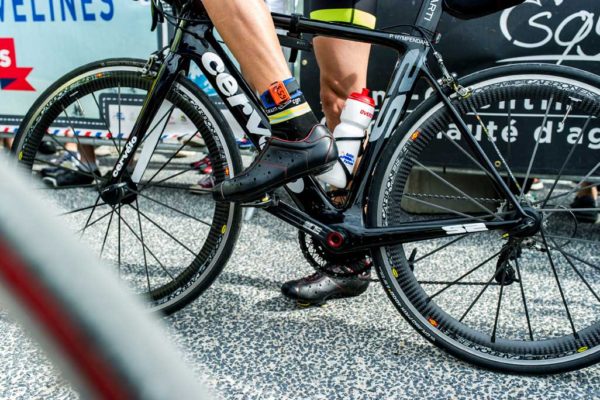
Why go clipless?
Clipless pedals with cycling shoes is the most efficient and comfortable system out there when it comes to road biking. The stiff sole of the cycling shoe provides a rigid platform to transfer power from your legs to the drivetrain and propel the bike forward. Softer shoes lose some of that power as the flexible sole deforms around the pedal (and also makes your feet sore)
As well as having stiff soles, being clipped in encourages proper pedalling technique, using power through every part of the pedal stroke. Not only are you pushing down, but you are also pulling up to complete the 360 degree motion.
The clipless system is not just for racers, but can make cycling more enjoyable as you spend the same amount of energy, but get more return! So, if you’re a recreational rider who has always made fun of cyclists hobbling around in their cycling shoes, it may be time to give them a try. It can be intimidating to be locked in to your bike at first, but you will get used to the twist out motion in no time.
Types of road cycling shoes
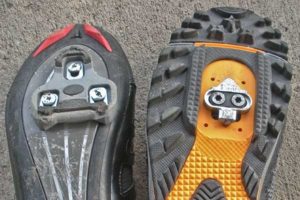
There are two general types of road cycling shoes:
- Performance – Performance cycling shoes are as light and as stiff as possible, with the cleat attaching entirely on the outside of the shoe via a two or three bolt system. These shoes are not meant for walking, and will get you out to your bike, but that’s about it. They are not shoes that you would want to get stuck walking home in
- Leisure / Touring – For commuters, casual riders, and touring you may want something a little more versatile and easy to walk around in. These shoes will often have a much smaller cleat that is embedded into the sole, making it flat with the bottom of the shoe.
Key variables
- Fit – You always want to try cycling shoes before you buy, as not all brands size the same. They’re awkward to walk around in, so
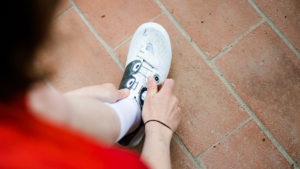 trying them out on your bike would be ideal. You want your feet to feel comfortable, but snug in the shoe. They shouldn’t be moving around within the shoe at all, as that will become very uncomfortable over a long ride.
trying them out on your bike would be ideal. You want your feet to feel comfortable, but snug in the shoe. They shouldn’t be moving around within the shoe at all, as that will become very uncomfortable over a long ride. - Fastening system – The number one thing you want from the fastening system is to keep your foot firmly in place. This can be done with dials, ratchets, velcro, or laces.
- Soles – Generally speaking, the stiffer the sole, the more efficient the shoe will be. More expensive shoe soles will be made from carbon to remain as lightweight as possible, whereas cheaper options will be plastic, and some are combination of the two.
- Cleat style – The majority of road cycling cleats are three bolt (SPD-L), with two bolt (SPD) being more appealing for commuting, touring, and mountain biking. Some cleats are a compatible with both.
- Breathability / Water resistance – If you’re doing the majority of your cycling on hot summer days, then you’ll want to ensure the shoes you get are synthetic or leather and allow your feet to breath. There are specific winter cycling shoes for cold and wet riding, and it may be worth having two pairs if you are riding outside during all seasons.
Some of the Best Cycling Shoes
Performance Cycling Shoe
The RP9 road performance shoes are the quality and fit of a pro-level shoes, but at a much more affordable price point. They are designed for performance and speed, but with the heat moldable Custom-Fit, they are also comfortable enough for those long rides while giving you the ultimate power transfer. With a weaved carbon composite sole and a one piece synthetic leather upper, they are lightweight, breathable, and secure.
These shoes come in both men’s and women’s models.
Mid-Range Cycling Shoe
The Treble II is exactly what you think of when you picture a cycling shoe. It’s simple, functional, and is compatible with both SPD and SPD-L cleats. The classic 3-strap closure makes for easy adjustments, but isn’t quite as durable or secure as it’s lace, ratchet, or dial counterparts. However, these are great entry level shoes that will having you set for a PR on your favourite climb with amazing efficiency and comfort.
The entry level show in Shimano’s lineup, the RP2 is compatible with both SPD and SPD-L. The lightweight fibreglass soles increase power output, with the classic three strap upper keeping your foot firmly in place. The women’s model features a narrower fit, reduced volume, and added support in the instep to maximize comfort.
Leisure / Commuter cycling shoe
Women’s – Giro Whynd Womens Road Cycling Shoes
The best of both worlds. The sole of the Whynd is rigid enough to prevent the loss of power while remaining comfortable enough to walk in, featuring rubber “walking zones” to provide grip. The recessed cleat area accommodates two-bolt cleats, and the large strap across the top provides security and keeps the laces out of the way. These are perfect for weekend touring or running errands on your bike.
Men’s – Giro Rumble VR Cycling Shoes
The Giro Rumble features vibram soles for the ultimate support and casual look while out at the pub, with an injected inner shank to transfer power and have you feeling strong when you hop back on your bike. The mesh/microfiber upper upper will keep your feet from sweating and the non-slip laces will keep you nice and secure- no matter what the day brings.
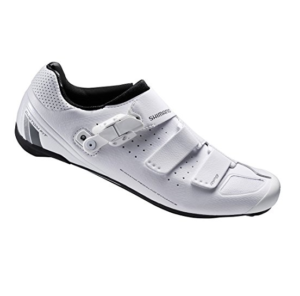
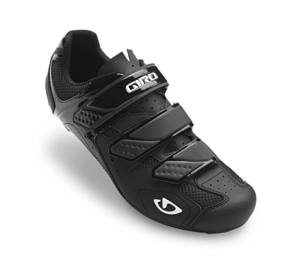
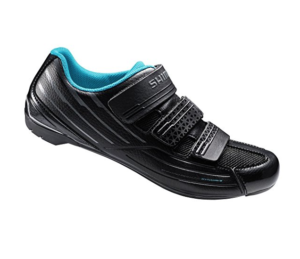
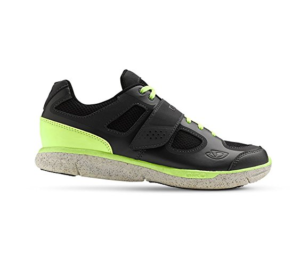
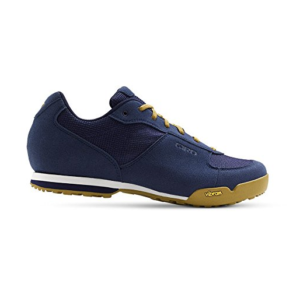
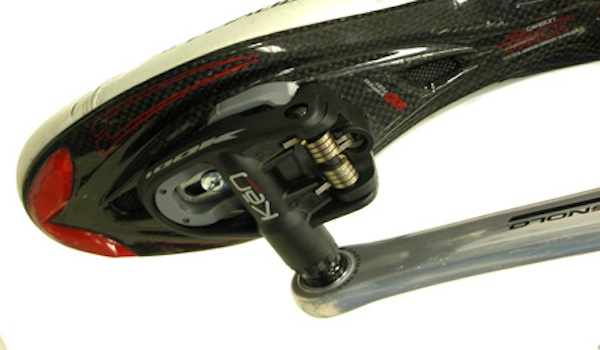 Riding clipless pedals allows you to ride further, faster, and over more technical terrain while giving you a smoother, more comfortable pedal stroke. The only real downside is falling over when you come to a stop because you forgot to unclip before stopping; more of a hit to your morale than your body. Switching to clipless pedals at the proper time along with taking the time to learn how to use them properly will take your riding up a level whether it is on the road or mountain bike.
Riding clipless pedals allows you to ride further, faster, and over more technical terrain while giving you a smoother, more comfortable pedal stroke. The only real downside is falling over when you come to a stop because you forgot to unclip before stopping; more of a hit to your morale than your body. Switching to clipless pedals at the proper time along with taking the time to learn how to use them properly will take your riding up a level whether it is on the road or mountain bike.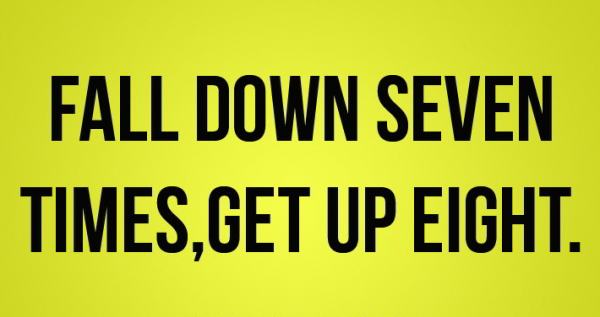 There’s something about making the switch to clipless pedals that seems to signal to the world that you’ve made the jump from casual biker to biking enthusiast. But is the expense worth it? Are clipless pedals really necessary in order to take your cycling experience to the next level?
There’s something about making the switch to clipless pedals that seems to signal to the world that you’ve made the jump from casual biker to biking enthusiast. But is the expense worth it? Are clipless pedals really necessary in order to take your cycling experience to the next level?